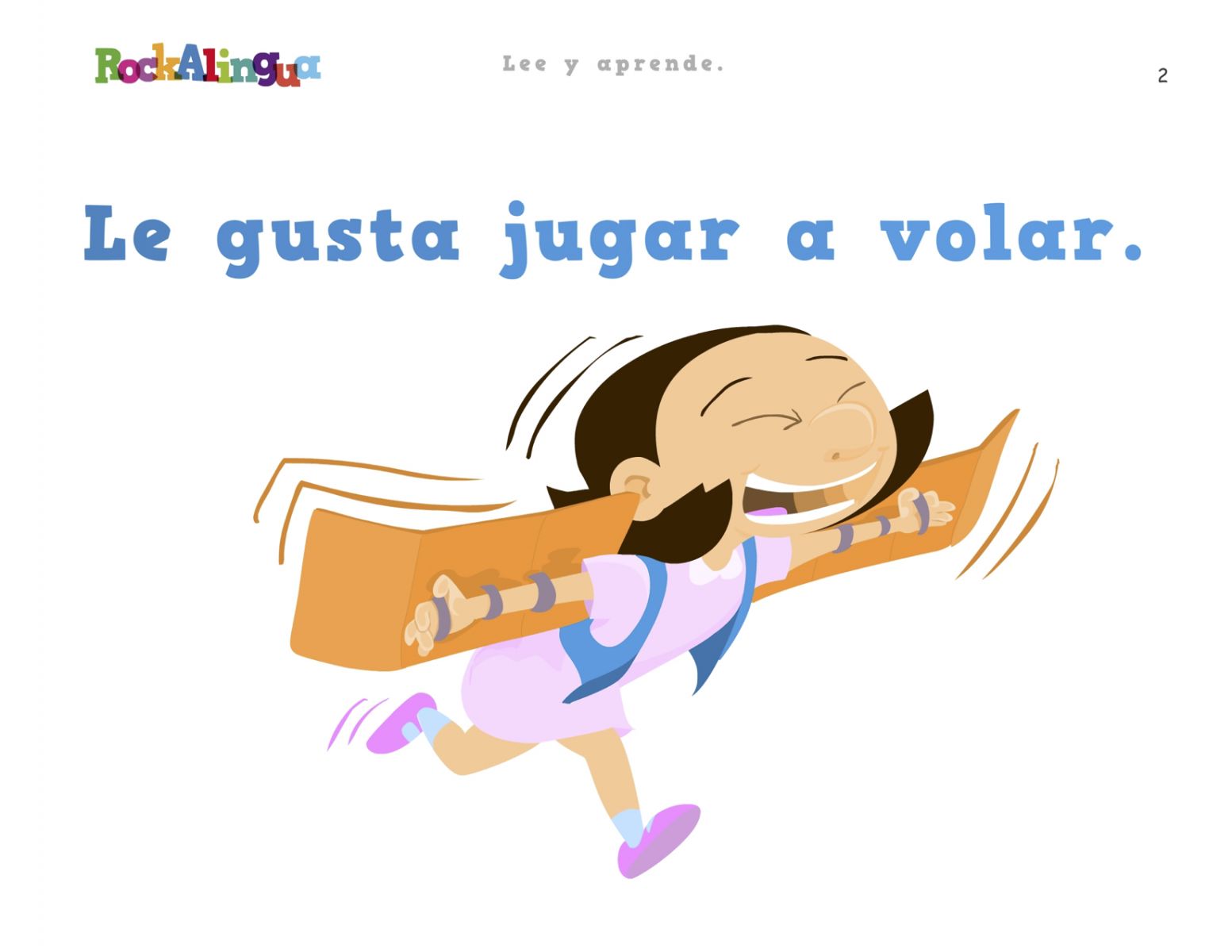Spanish Short Stories for Kids – Engaging Reading Practice
Our short stories focus on high frequency grammar structures and natural language all focused around a plot that was made with our students in mind. Short stories are a great way to engaged students. Reasearch also said that stopries are a grerat way to teach/learn foreign lanagues.
Before you read
Use TPR
Go through some of the main verbs and vocabulary used by practicing with a TPR activity before reading the story. Make sure to really act it out and make it memorable with your class. Exaggerated gestures can feel weird, but they are really one of the best ways to get kids to remember the words. The sillier, the better!
Make predictions
Give the students the name of the story, the main characters and show them one of the images from the story. Have them predict what the story will be about. For beginner classes or lower levels this could mean making a web of words that could appear in the story and for classes with higher level students it could be a chance to form full sentences/get creative in Spanish.
Don’t forget that the topics have corresponding videos and songs that you can play before reading the story in class.
After you read / while reading
Circling questions
Our short stories come with a guide for advice on how to use the materials as well as circling questions that can be asked throughout the story or after reading. Circling questions require making a statement (for example what’s on the story cards) and then asking simple questions about that statement starting with easy and working your way up to harder questions. It’s a great way to get lower level groups participating and to provide ample opportunities for comprehensive input in a repetitive, but not boring way. That being said, it’s important to remember that while they do need to be simple and repetitive, be careful not to over do it or your students will lose interest. For stories that don’t have questions as part of the included resources, you can use this as inspiration for making your own.
Use TPR to prompt students to retell the story
Once you've read through the story once or twice and clarified any doubts about the meaning of different words you can prompt the students to retell the story by showing them the story card and using gestures to get them to explain what is happening. You can cover the sentence on the story card and once they've come up with their own sentence to describe the picture you can uncover it and read it as a class.
Sequencing activities
Our short stories come with printable sequencing activities that can be completed in pairs or individually by students. Expand upon the idea of sequencing by printing out the large story cards. After you’ve read the story, pass them out and have the students stand up and get into the correct order. Those who don’t have a story card can help direct the students into the correct order. They should stand at the front of the room in a line where everyone can see and they can read the story, each student saying what’s on their card.
Make it dramatic
1. Put students in small groups and have them act out the story. This can be done after completing a sequencing activity and deviation from the exact words in the story can be encouraged. You can mix it up by having different groups perform the story using different intonation (one sad group, one happy group, one nervous group, one angry group…)
2. Have the students create their own version of the story. You can have them act it out or create a written story/comic.
Now that you have some ideas, here are some of the short stories that we are using and loving. You can find the rest by searching “short story” in the search bar on our website and clicking on the topic that interests you or you can take a look at some of the short story topics below and click on them to find the corresponding resources.
1. HISTORIA CORTA (DESCRIPCIONES) / SHORT STORY (DESCRIPTIONS)
Teach high frequency structures like "Tengo.." and "Soy..." by going on an adventure with our Amigo Bob. Before reading, make sure to watch the video, Mi Amigo Bob.
2. CAMALEÓN (HISTORIA CORTA) / CHAMELEON (SHORT STORY)
This short story uses story cards, circling questions and comprehension questions to practice high frequency structures like, ¿Dónde estoy? "Aquí estoy" "Busca..." "Mira..." and many more! The story uses simple vocabulary that can be practiced before, watching this video and very visual story cards that will help your class understand.
3. HISTORIA CORTA (PROFESIONES) / SHORT STORY (PROFESSIONS)
Practice high frequency structures like "quiere ser..." "le gusta..." "le encanta..." with vocabulary related to professions. This story is special because it has an interactive version that has students answer comprehension questions while listening to the story.
As always, we hope our ideas are helpful and we'd love to hear what you do in your kids Spanish classes. Until next time, keep on making Spanish classes fun and musical!
.png)
.jpg)



.jpg)
.jpg)
.jpg)
.jpg)
.jpg)
.jpg)


